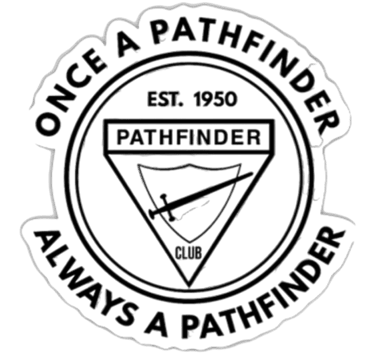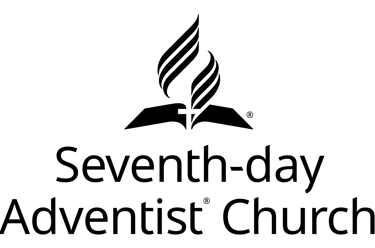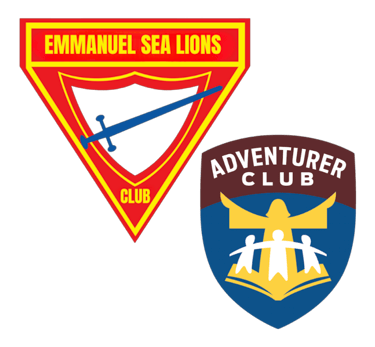
The whole philosophy of Pathfindering is built on the premise that "children learn best by example, rather than precept." As they see leaders and parents model spiritual and social values, they too will aspire to develop high moral principles, loving and caring attitudes, and determination to excel in all their various pursuits.
So, Who started Pathfinders? The short answer is that no one person did, but rather that a diverse group of youth-focused, God-loving, ministry-minded individuals in various location created "Pathfinder-like" clubs in various locations that eventually grew into the ministry we now know as Pathfinders.
The first Pathfinder Club of record was in Anaheim, California directed by John McKim and Willa Steen. This club began in the late 1920's and ran through the 1930's. In 1944 McKim died and the Steens had moved. In 1930 Lester and Ione Martin with co-directors Theron & Ethel Johnston began a club in Santa Ana, California.
Both of these first clubs were in the Southeastern California Conference and encouraged by Youth Director Elder Guy Mann and his associate Laurance A. Skinner. For several years there were no clubs of record.
In 1946 John H. Hancock, then the youth director for Southeastern California Conference got a club going in Riverside, California. John designed the Pathfinder triangle emblem and got a ministerial student, Francis Hunt to direct the club. Both John and his wife Helen Hancock taught honors.
By 1947-48 Southern California Conference began having Pathfinder clubs - the first at Glendale, with Lawrence Paulson as director. About that same time, the Central California Conference, under the direction of Youth Director Henry T. Bergh, began their Pathfinder program -- starting 23 clubs that first year.
Beginning with the God-directed program, called Pathfinder Clubs, in California, the General Conference of the Seventh-day Adventist church adopted the program. It thus, in 1950, became an official worldwide organization of the Adventist church, and grew rapidly. Pathfinders is now a global ministry affecting thousands (if not millions) of young people worldwide.
A Brief Pathfinder History
BRIEF TIMELINE OF PATHFINDER HISTORY
1879 — First Young People’s Society organized
1892 — E. G. White calls for a specialized work for the youth
1907 — Missionary Volunteer Societies organized
1908 — Junior Reading Course introduced
1909 — Junior MV Societies organized
1913 — Spanish Morning Watch and Reading Course begun
1917 — French Reading Course in Haiti introduced
1922 — JMV Progressive Classes introduced – Friend and Companion
1926 — First junior camp held in USA at Town Line Lake, Michigan
1927 — Master Comrade (now Master Guide) officially approved
1928 — Vocational honors introduced
1929 — Pathfinder name first used at a summer camp in California
1930 — Pre-JMV Classes, Busy Bee, Sun Beam, Builder and Helping Hand developed
1931 — First Master Comrade Investiture
1932 — First JMV Pathfinder Camp, Idyllwild, purchased
1938 — Master Comrade Manual published
1946 — First conference-sponsored Pathfinder Club (Riverside, California)
1946 — Pathfinder Club emblem designed by John H. Hancock
1947 — First North American Division Youth Congress
1948 — Helen Hobbs designs and makes the Pathfinder flag
1949 — Henry Bergh writes Pathfinder song
1950 — General Conference authorizes JMV Pathfinder clubs for world field; Pathfinder Staff Training Course and How to Start a Pathfinder Club booklet; Explorer class added for 7th grade
1951 — Master Comrade changed to Master Guide; Pathfinder Staff Manual published
1954 — First Pathfinder Camporee, May 7-9, Idyllwild, California
1960 — First Union Camporee, April 11-14, Lone Pine, California
1962 — MV Pathfinder Field Guide and Pathfinder Drill Manual Published
1966 — Pioneer Class added added for 8th grade
1970 — Pioneer Class name changed to Ranger
1979 — The name Missionary Volunteer changed to Adventist Youth (AY); Junior Missionary Volunteer changed to Adventist Junior Youth (AJY); Pre-AJY changed to Adventurers (4 yrs. – 4th grade)
1982 — New Pathfinder World emblem replaces MV World; Voyager Class added; NAD Pathfinder uniform revised
1985 — First NAD Pathfinder Camporee, Camp Hale, Colorado, with an attendance of 16,129
1987 — Current NAD Pathfinder emblem designed by Norm Middag
1989 — Adventurer Program becomes an independent program from Pathfinders
1994 — First International Pathfinder Camporee, Dare to Care, held in Denver, Colorado, with an attendance of 12,300
1995 — Teen Leadership Training (TLT) Program established for training High school students (grades 9-12); First Pathfinder Web Site established
1999 — Discover the Power International Pathfinder Camporee held in Oshkosh, Wisconsin, with an attendance of over 20,000
2000 — Pathfinder Uniform changed to Black & Tan
2004 — Faith on Fire International Pathfinder Camporee held in Oshkosh, Wisconsin, with an attendance of 31,000 from 83 countries
2009 — Courage to Stand International Pathfinder Camporee held in Oshkosh, Wisconsin, with an attendance of over 36,000
2014 — Forever Faithful International Pathfinder Camporee held in Oshkosh, Wisconsin, with an attendance of over 46,000 from 50 countries
2019 — Chosen International Pathfinder Camporee held in Oshkosh, Wisconsin, with an attendance of about 55,000 from 92 countries
2024 — Believe The Promise International Pathfinder Camporee will be held in Gillette, Wyoming, with an attendance of about 55,000 plus from 92 countries


ADDRESS
CONTACT US


Phone: (516) 474-1785
Phone: (731) 217-7041
Email: contactus@emmanuellionsandcubs.com
655 Old Country Rd
Dix Hills, NY 11746
